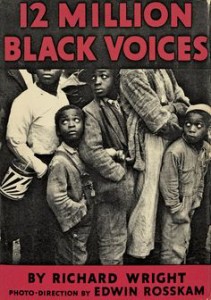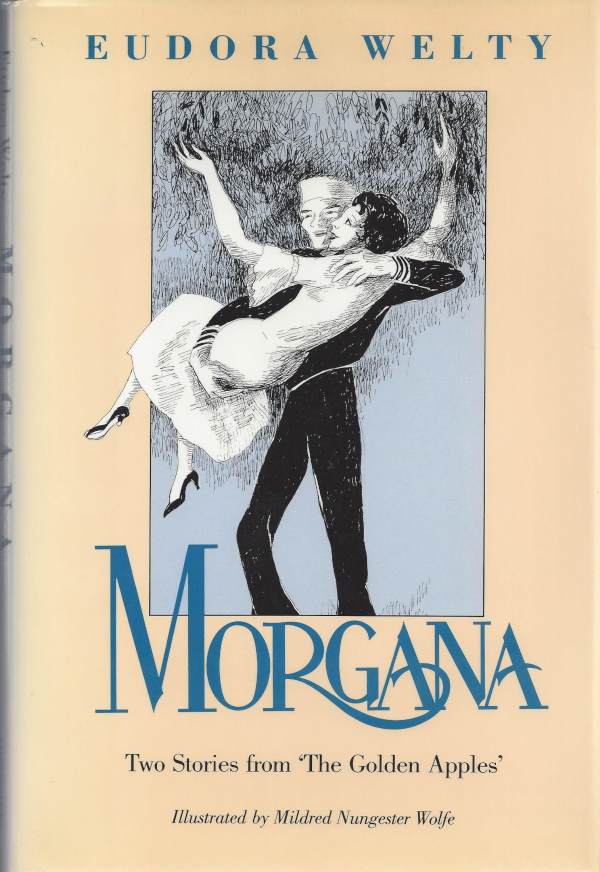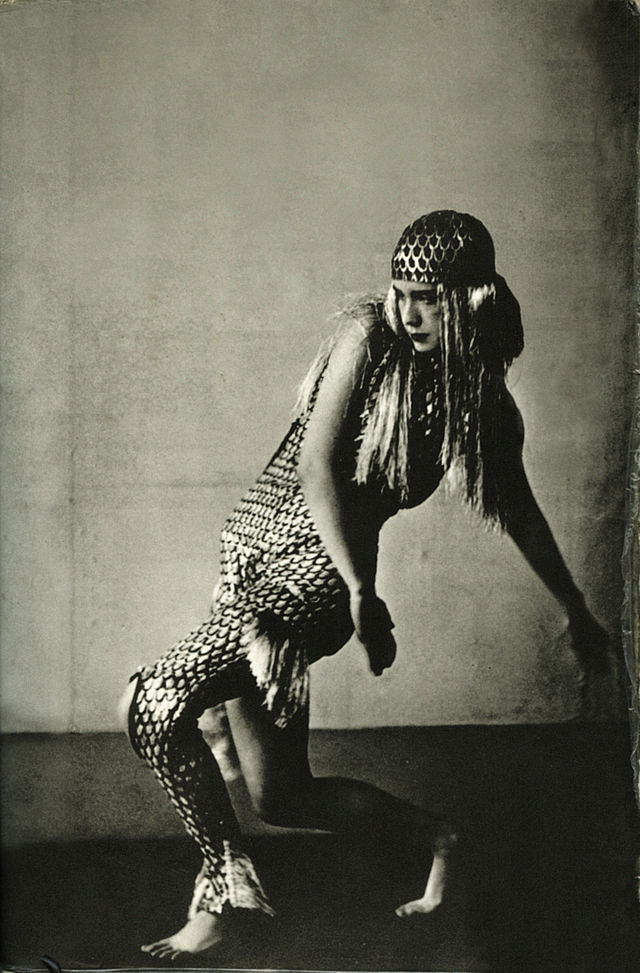Written by Chris Ray
We always felt that the house chose us as much as we chose it. Carolyn and I had been to a couple of JoAnne’s parties, the last one being the celebration of the movie release of My Dog Skip after Willie died. I was always struck with how real their home felt, surrounded by genuine laughter, someone playing the piano, curiosities and ephemera, and of course, a library’s worth of books.
When JoAnne decided that the house was too big for her to keep up, I believe that she not only wanted to find someone to buy the house, but also to honor it. Which brings up an interesting challenge: how do you make a home yours, while honoring those who came before you?
We’ve tried to do both – and I think that Willie would be happy to see that the cats from the neighborhood still hang out in the crawl space. Curious literary fans still drive by slowly. There are dozens of assorted balls and sports gear scattered about the house, garage, and yard. In fact, our son John keeps a collection of baseballs in the same small closet where Willie kept his. And the books, my gosh, the books. They are everywhere.
We have Willie’s highway map of Yazoo County framed upstairs and a photo downstairs of Willie taken by his son, David Rae. And every now and then, we will find some odd treasure that Willie had hidden or misplaced. I think Willie would like the fact that our neighbors, Governor Winter and Dick Molpus, still tell Willie stories every time we see them. Dick told me recently that Willie would walk down to his house every Christmas to say hello as part of his “once-a-year exercise.”
But I don’t think Willie would want his former home to be a shrine. Or something too precious. I think he would appreciate that the paint is peeling here and there and there’s a patch where we just can’t get grass to grow. I think he’d be happy to see it alive, with the same kind of love and laughter that you felt and heard when he lived there.
To order a copy of Jackson: photographs by Ken Murphy , call Lemuria Books at 601.366.7619 or order online here.


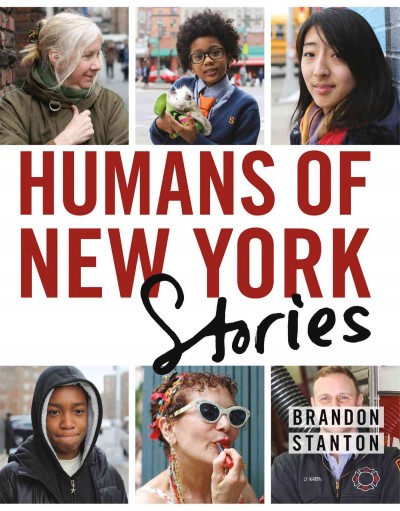 It seems impossible to be able to capture what it is to be human, but Brandon Stanton has come pretty darn close.
It seems impossible to be able to capture what it is to be human, but Brandon Stanton has come pretty darn close.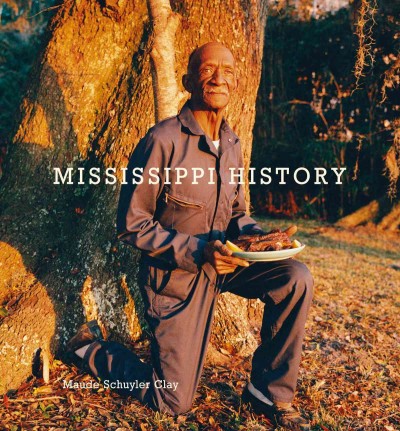
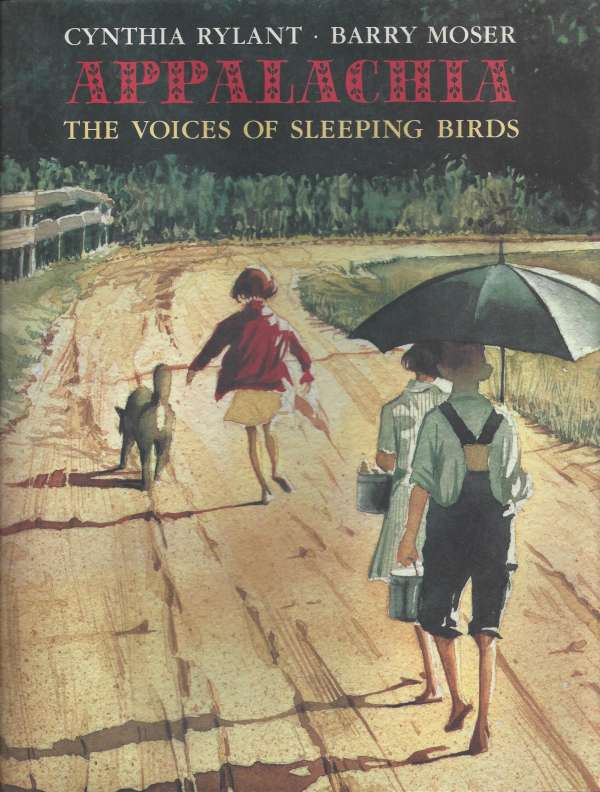


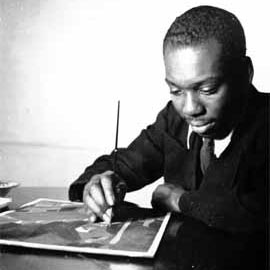 Jacob Lawrence was not your typical painter. He often spent months at a branch of the New York Public Library, taking notes from journals and books and other documents before he would began work on a formal painting project. Lawrence wanted his art to teach history to his people. In describing his research efforts for The Great Migration, Lawrence remarked:
Jacob Lawrence was not your typical painter. He often spent months at a branch of the New York Public Library, taking notes from journals and books and other documents before he would began work on a formal painting project. Lawrence wanted his art to teach history to his people. In describing his research efforts for The Great Migration, Lawrence remarked: